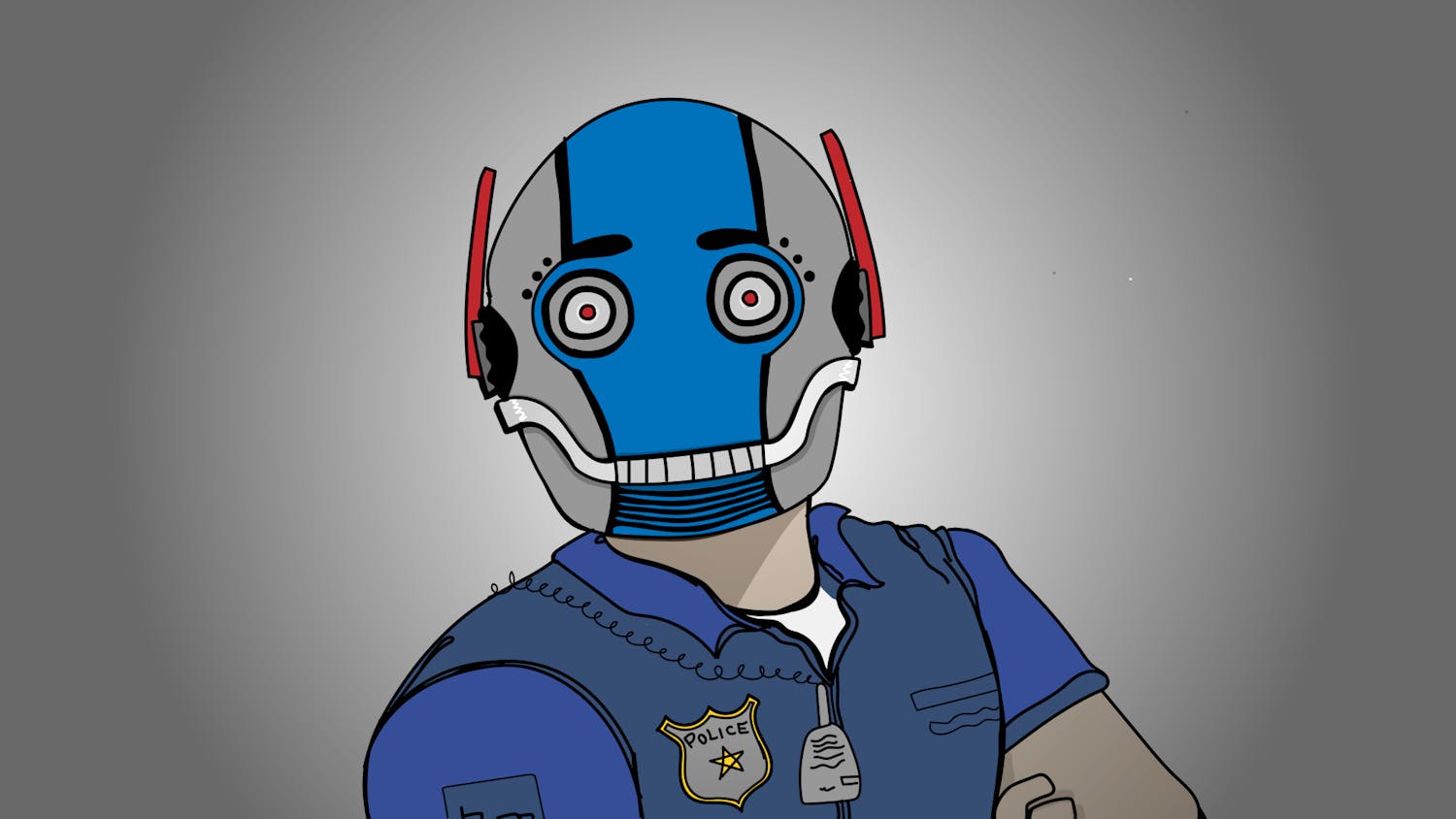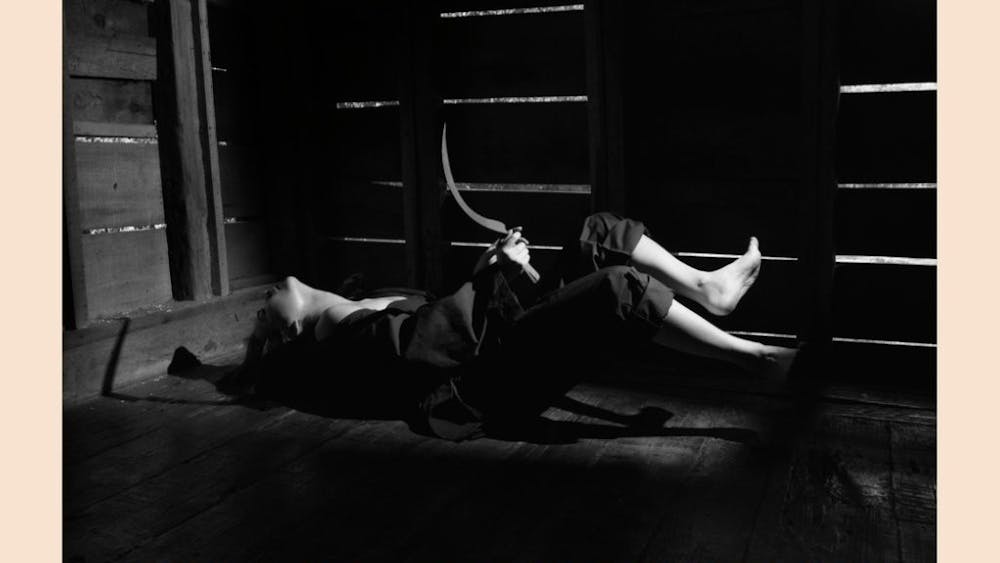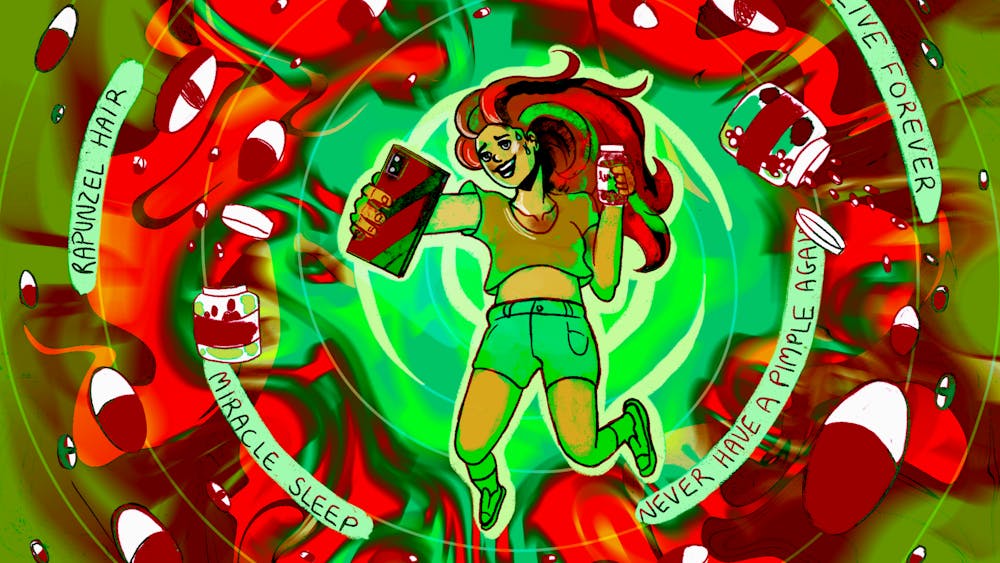Scientific cloning is always a hotbed of debate. There seems to be some new reason to clone something or someone all the time, but now there seems the possibility of cloning the dead.\nSounds like a horror movie, but scientists in Japan hope to recreate a wooly mammoth from bone marrow, muscle and skin that was discovered in the Siberian tundra, The Associated Press reported earlier last month.\nThis animal has been extinct for more than 20,000 years. How would we benefit from bringing it back? \nWe wouldn't. \nIt borders on the lines of animal cruelty. It would be the only one of its kind and subject to scientific study its entire life. \nDidn't Michael Crichton teach us anything?\nThink of the other dozens of movies fueled by a plot consisting of a person from the past transported to live in present day or some person from an uncivilized or remote, rural locale taken to live in the city; it usually doesn't work -- they end up going home in the end. \nDidn't E.T. teach us anything?\nThis cloned beast certainly won't have the same environment it lived in during the Ice Age, nor will it have other mammoths to frolic with and do whatever it is mammoths do. It seems that it will be merely a product for scientific study. \nBack in May 2002, CNN reported the story of Australian scientists replicating the DNA of the Tasmanian tiger, an animal that died out 65 years ago. Mike Archer, director of the Australian Museum told CNN there currently was not a technology barrier but "only a hell of a lot of hard work." \nI hesitate to say the idea is "a crime against Mother Nature," partly because it's cliche and partly because cloning can be extremely important and beneficial in the case of stem cell research; however, I'm not sure this qualifies.\nInstead of using millions of dollars to reproduce an animal long extinct, why not use that money to help the animals on the brink of total disappearance? The World Wildlife Foundation (www.worldwildlife.org) reports that by 2025, one fifth of all the world's known species could be lost. These animals still have (at least some) of their ideal habitat remaining and could be living among others of their kind. According to the U.S. Fish and Wildlife Services, there are a possible 1,895 manatees living in the waters of Florida. Only 196 Californian condors remain, rising from a population of 22 in 1982 after a captive breeding program. The right whale's count has dwindled to 350. \nWith no right whale, what's left ...\nWouldn't money and time be better spent helping these creatures stabilize their existence then bringing back to life one mammoth? Scientists aren't even absolutely certain the evidence found is a mammoth, but if so, they must then do testing to see if the DNA is well enough preserved to clone. \nI say stop all that now and direct the energy toward those who are barely living.\nJust because scientists might be able to reproduce something doesn't mean they should. What or who would benefit? It sounds like something that will turn into a doomed side show attraction or become subject to scientific study for life. We can't learn more about the ways of prehistoric life by recreating the mammoth and putting it in an artificial environment that could never be like its original surroundings.\nAll I can think about is the prophetic conversation between Dr. Ian Malcolm and Dr. Ellie Sattler:\nMalcolm: "God creates dinosaurs. God destroys dinosaurs. God creates man. Man destroys God. Man creates dinosaurs ...\nSattler: "Dinosaurs eat man. Woman inherits the earth .."
A mammoth mistake
Get stories like this in your inbox
Subscribe





